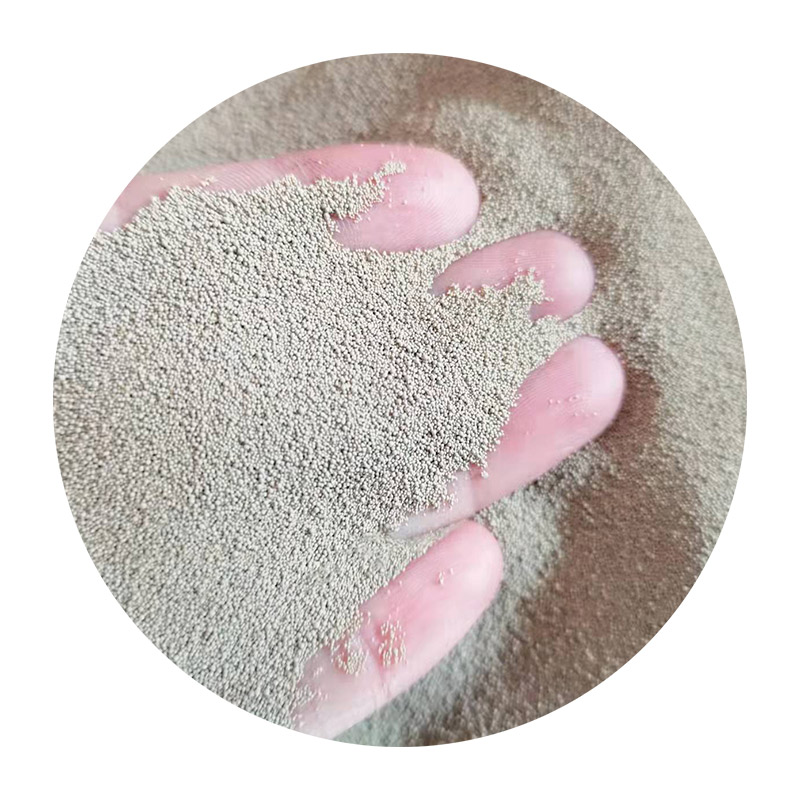3D Printing and Sanding A Perfect Match for Enhanced Finish
In the fascinating world of 3D printing, the ability to transform a digital design into a physical object continues to capture the imagination of engineers, artists, and hobbyists alike. The technology's rapid evolution has enabled the production of intricate shapes and customized products with remarkable precision. However, as with any manufacturing process, the end result often requires additional finishing steps to achieve the desired aesthetics and functionality. One such finishing technique that plays a critical role in 3D printing is sanding.
The Importance of Sanding in 3D Printing
When a 3D printed object emerges from the printer, it typically exhibits layer lines due to the additive nature of the process. Each layer is deposited one after another, and while this is one of the key strengths of 3D printing – allowing for complex geometries – it can also lead to a surface finish that may be less than desirable for certain applications. Whether the goal is to create a visually appealing model for display or a functional part that must fit with other components seamlessly, sanding can significantly improve surface quality.
Sanding, or abrasive finishing, allows fabricators to gradually remove material from the surface of a printed object. This process not only smooths out the visible layer lines but also helps to reduce imperfections such as blobs and stringing that may have occurred during printing. Ultimately, sanding prepares an object for painting, coating, or other finishing techniques, enhancing both its appearance and performance.
The Sanding Process
The sanding process typically involves a few key steps, each contributing to the quality of the final product. First, it is essential to start with the right tools and materials. Sandpaper comes in various grits, with lower numbers indicating coarser paper and higher numbers representing finer finishes. It is advisable to begin with a coarser grit to remove excess material and layer lines efficiently, gradually progressing to finer grits for a smooth finish.
3d printing sanding

When sanding a 3D printed object, it's crucial to be gentle and methodical. Excessive pressure or aggressive sanding could lead to unwanted material removal or deformation of the part. It's best to sand in circular motions or follow the contours of the object to maintain an even surface texture. Additionally, utilizing a sanding block can provide a more uniform force distribution, especially for flat surfaces.
Materials and Techniques
The choice of material plays a significant role in the sanding process. Common 3D printing materials such as PLA, ABS, and PETG each respond differently to sanding. PLA is relatively easy to sand but can become melty with excessive heat, while ABS, which is prone to warping, can often be sanded more aggressively. PETG, on the other hand, is more resistant to wear but can also be smoothed with appropriate techniques.
Another technique that can complement sanding is the use of solvents. For example, an ABS printed part can be treated with acetone vapors, causing the surface to dissolve slightly to create a smooth finish. This method, however, requires careful handling due to the fumes and the potential for warping if not monitored closely.
Conclusion
Sanding is an essential step in the 3D printing workflow that enhances the aesthetic and functional qualities of printed objects. By refining the surface finish, sanding not only improves the visual appeal but also prepares parts for further finishing processes like painting or coating, which can add an extra layer of protection and style. As 3D printing technology continues to advance, understanding and mastering the sanding process will remain a vital skill for anyone looking to produce high-quality printed products. By investing the time and effort into effective sanding techniques, creators can elevate their 3D prints from simple prototypes to polished masterpieces, unlocking new possibilities in design and production.
Post time:ਦਸੰ. . 18, 2024 14:22
Next:ceramic sanding
